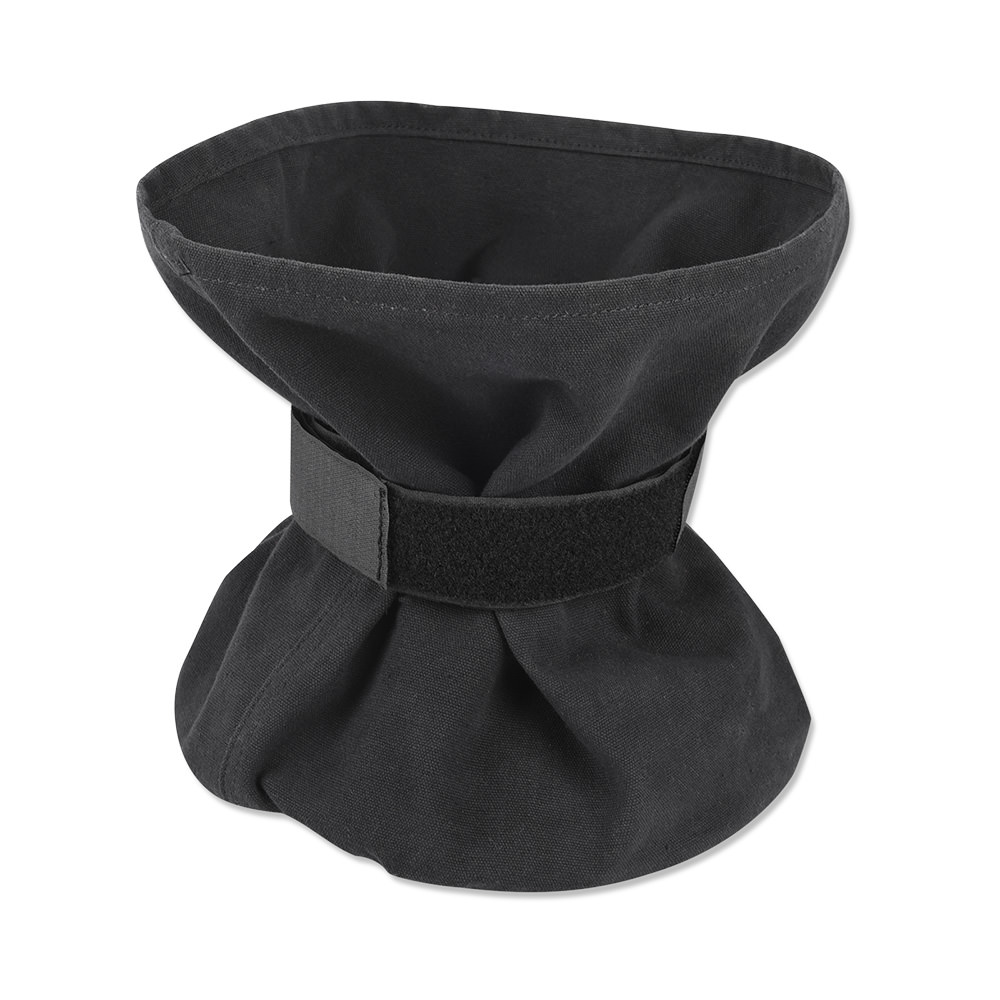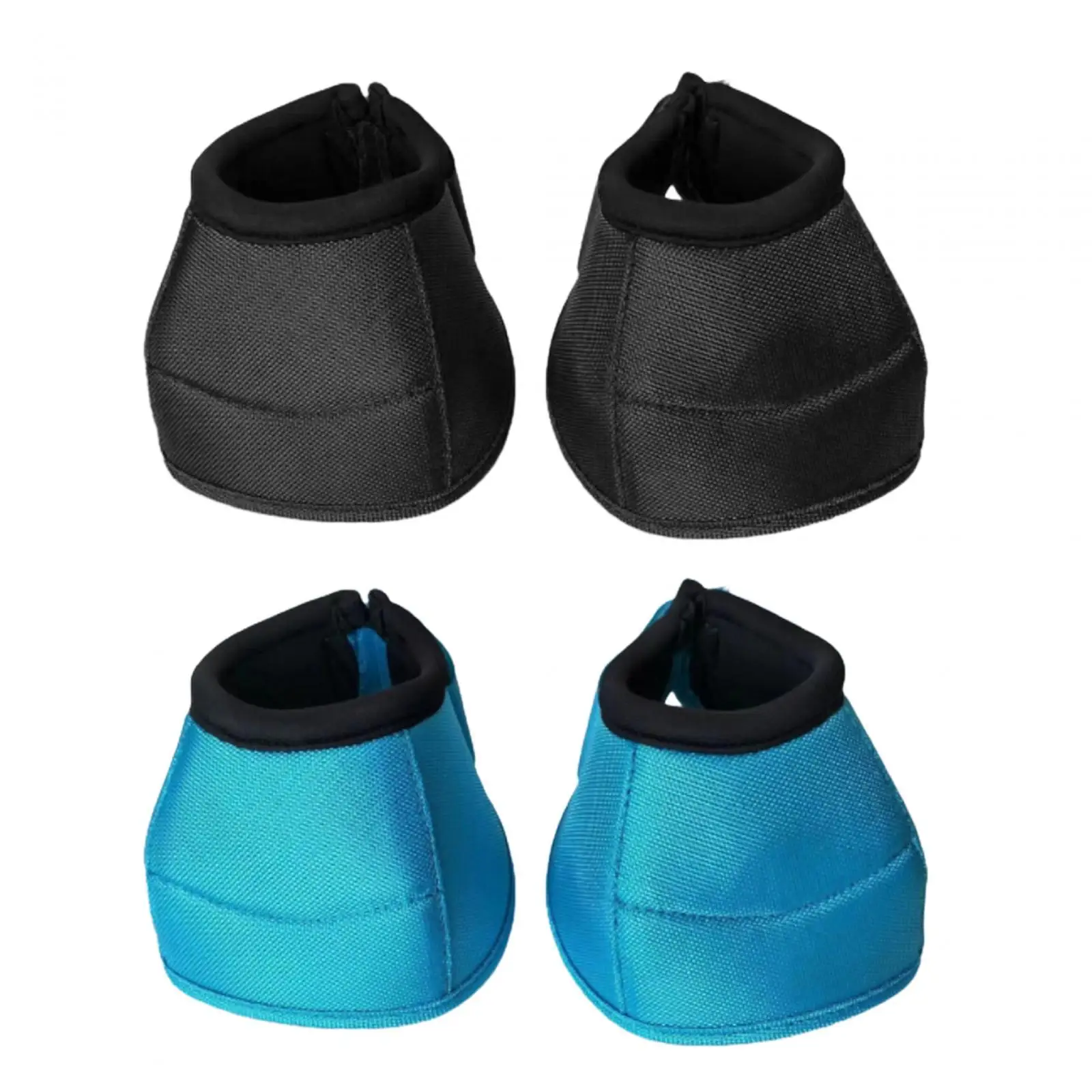Why Do Horses Need Shoes?

Horseshoes are a common sight on many horses, but why exactly do horses need shoes? This article explores the reasons behind shoeing horses, the benefits it provides, and the considerations involved in equine hoof care.
Understanding Horse Hooves
Horse hooves are complex structures made of keratin, similar to human nails, but they bear the entire weight of the animal. Healthy hooves are essential for a horse’s mobility, comfort, and overall health.
Reasons Horses Need Shoes
1. Protection
Shoes protect the hooves from excessive wear and damage, especially for horses that work on hard or rough surfaces like pavement, rocky trails, or arenas.
2. Support
Shoes provide additional support to horses with weak or injured hooves, helping to distribute weight more evenly and reduce strain.
3. Traction
Specialized horseshoes improve traction, preventing slipping on slippery or uneven terrain, which is crucial for performance and safety.
4. Corrective Purposes
Shoes can be used to correct gait abnormalities or hoof deformities, aiding in rehabilitation and improving the horse’s movement.
Types of Horseshoes
| Type | Purpose | Material |
|---|---|---|
| Steel | General protection and support | Steel |
| Aluminum | Lightweight, used in racing | Aluminum |
| Rubber | Shock absorption and grip | Rubber |
| Plastic Composite | Lightweight and flexible | Synthetic materials |
How Often Should Horses Be Shoed?
Typically, horses need their shoes reset or replaced every 4 to 6 weeks, depending on their activity level, hoof growth rate, and environmental conditions.
Frequently Asked Questions (FAQ)
Q: Can all horses wear shoes?
A: Not all horses require shoes. Some horses with strong, healthy hooves can go barefoot, especially if they are not subjected to hard or abrasive surfaces.
Q: Are horseshoes harmful?
A: When properly fitted and maintained, horseshoes are not harmful. Poorly fitted shoes, however, can cause discomfort or injury.
Q: What is the difference between shoeing and trimming?
A: Trimming involves cutting and shaping the hoof to maintain its health, while shoeing involves attaching a protective shoe to the hoof.
Conclusion
Horseshoes play a vital role in protecting and supporting horses’ hooves, enhancing their performance, and preventing injuries. Proper hoof care, including regular shoeing when necessary, is essential for a horse’s well-being.
This expanded content provides a structured, informative, and SEO-friendly article framework that can be further developed with images, detailed examples, and expert quotes to engage readers effectively.
